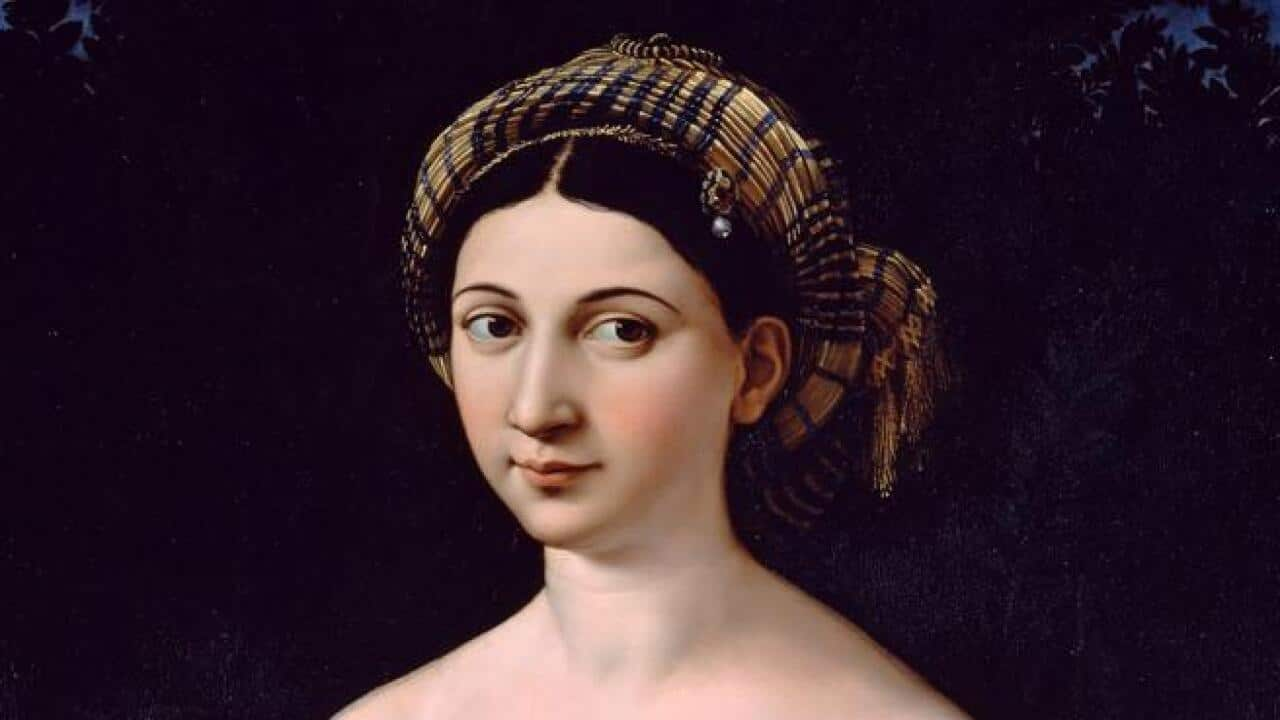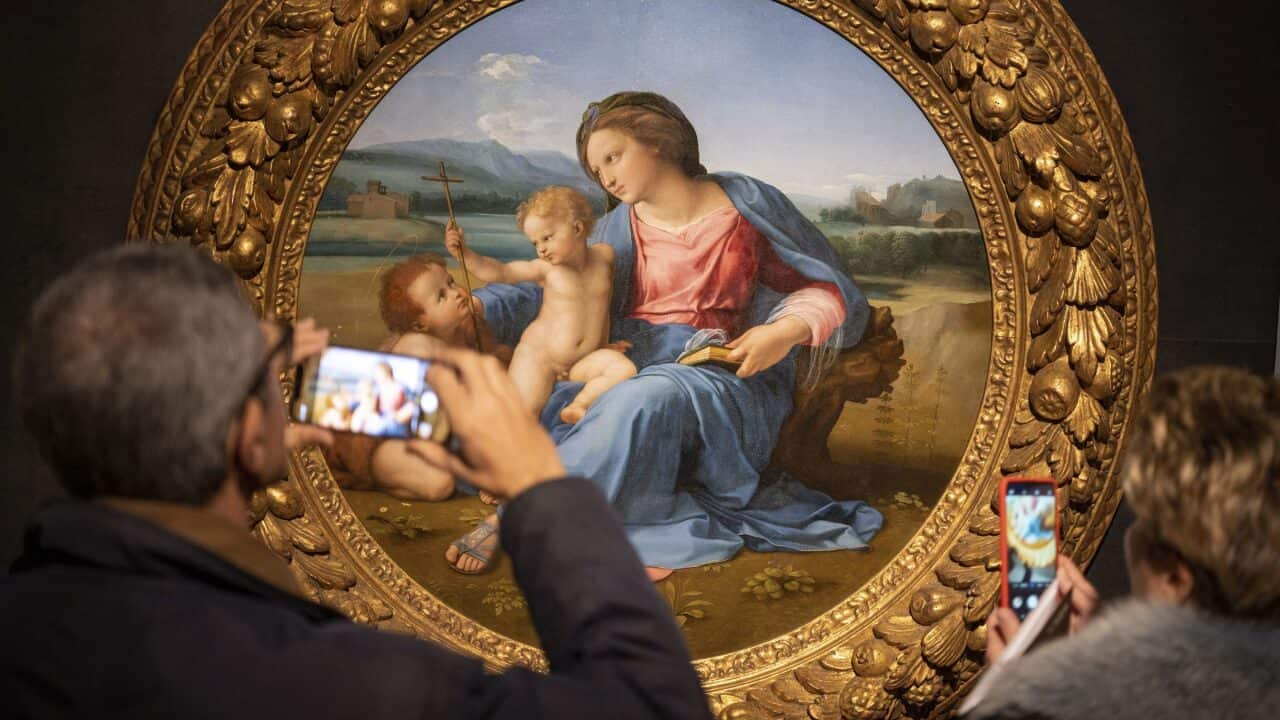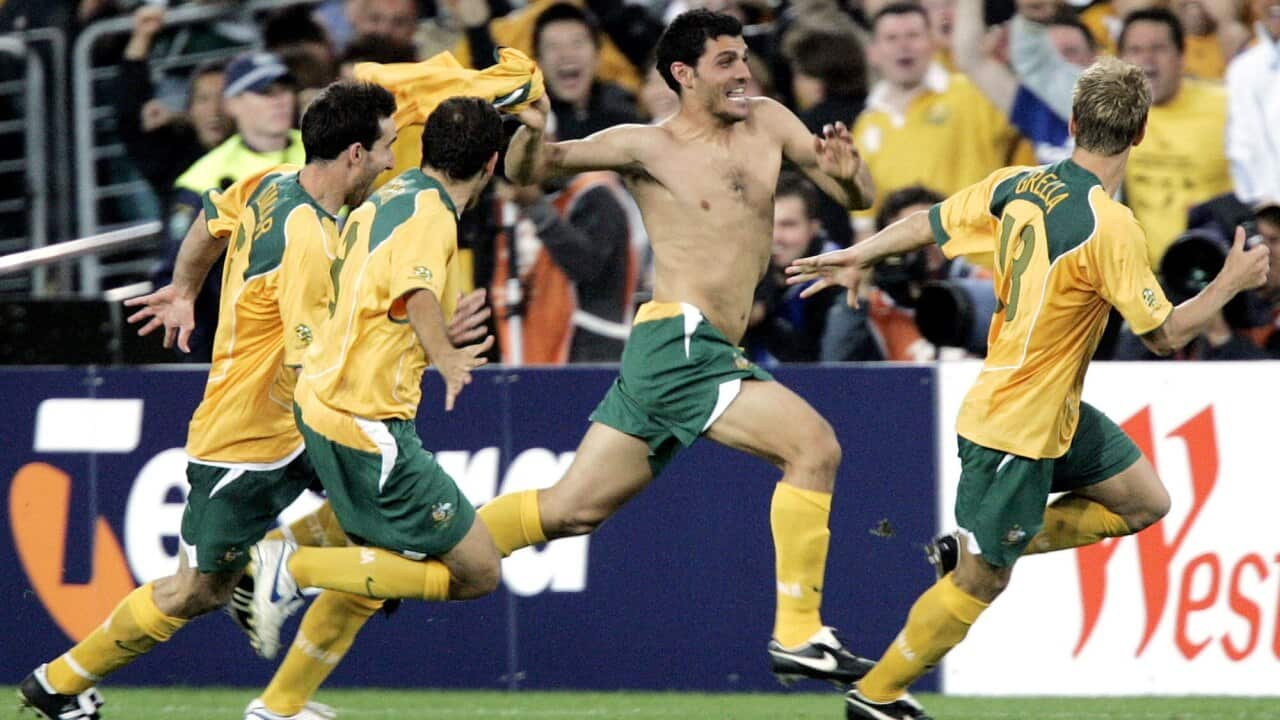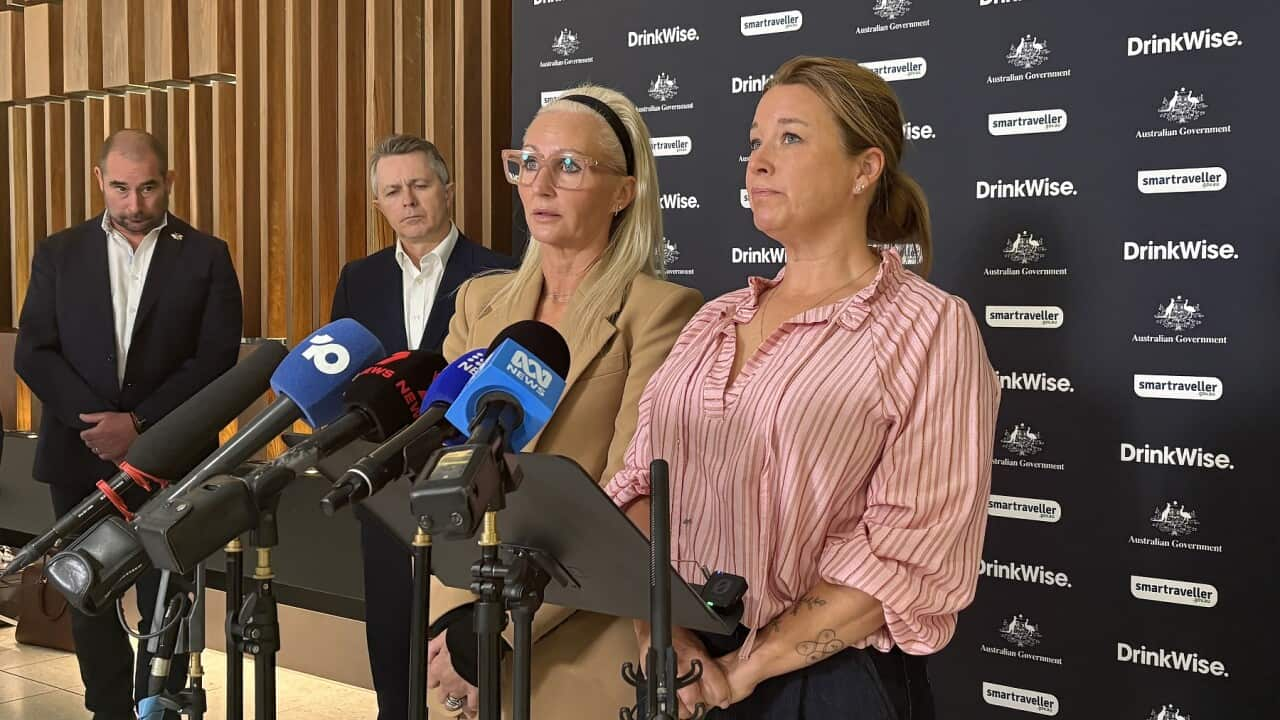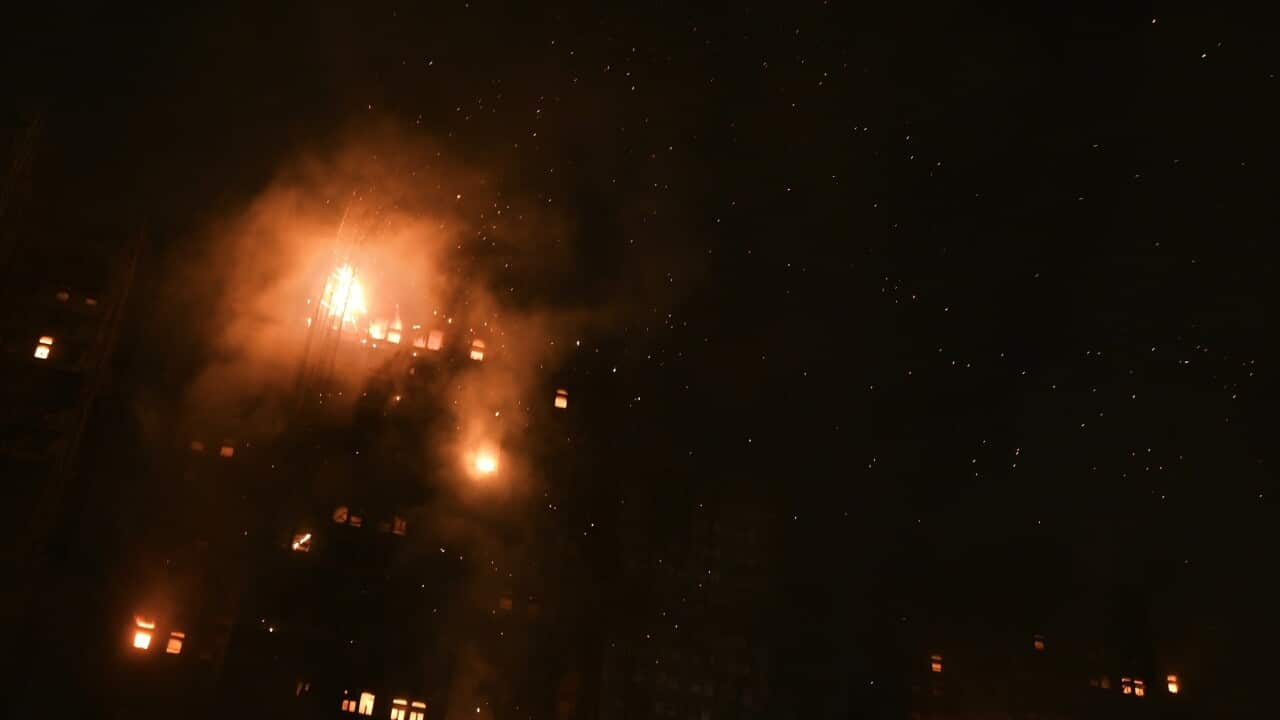Rome, early 16th century. Raffaello Sanzio becomes the court painter of the Papal States ensuring the benevolence of two Popes, Julius II della Rovere and his successor Leo X, de 'Medici.
He is considered the greatest living painter, his works cross the borders of Italy.
Raphael's work unfolds through painting, architecture and the protection of the heritage of the ancient beauties of Rome, which the painter considers "The ancient mother of Italian glory and greatness" in the letter dedicated to Pope Leo X.
Many were the portraits made in the short span of his artist's career; Raphael died in Rome in 1520, at the age of thirty-seven.
The art historian Roberta Crisci of the Federation University analyses some of the portraits - fundamental works to understand the historic climate, the characters and the art of the master - and focuses on "La Fornarina", the great love of the painter.
Ascolta anche le puntate precedenti della miniserie su Raffaello

Raffaello in Rome: painter, architect and Ancient Art officer
